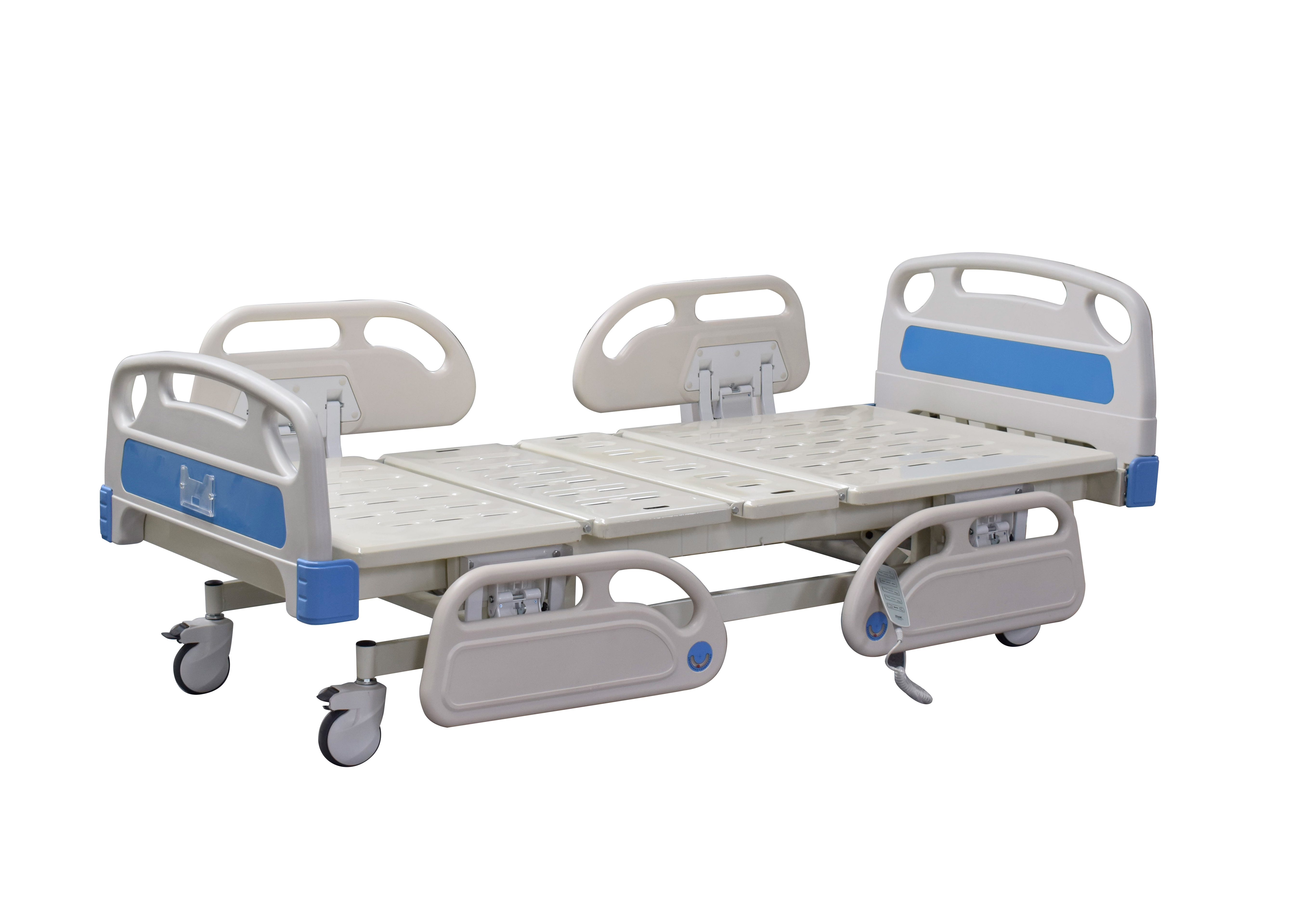Welcome to our websites!
Specifications for Electric Wheelchair Motors and Performance Standards
Understanding Electric Wheelchair Motor Specifications
Electric wheelchairs have become an increasingly popular mobility solution for individuals with disabilities, providing a sense of independence and freedom. One of the critical components that define the performance and usability of an electric wheelchair is its motor. In this article, we will explore the specifications of electric wheelchair motors, which play a vital role in determining the efficiency, speed, and overall functionality of these devices.
Types of Motors
Electric wheelchair motors usually fall into two primary categories brushed and brushless motors. Brushed motors are older and generally less expensive. They use carbon brushes to carry electric current to the motor windings. While they are reliable, they can wear out over time and require maintenance.
On the other hand, brushless motors, which have become the standard in most modern electric wheelchairs, offer several advantages. They are more efficient, generate less heat, and require less maintenance due to the absence of brushes. Brushless motors also provide smoother acceleration and deceleration, which enhances user control.
Power and Torque Ratings
When examining electric wheelchair motor specifications, two crucial metrics are power and torque ratings. The power of a motor is typically measured in watts (W) or horsepower (HP). For electric wheelchairs, motor power usually ranges from 250W to 1,000W. A higher wattage generally indicates a more powerful motor capable of handling steep inclines and varying terrains with ease.
Torque, measured in Newton-meters (Nm), is equally important as it determines the motor’s ability to start moving loads, particularly when transitioning from a stationary position. Motor torque needs to cater to the weight of the user and any additional load, such as personal belongings. A motor with 30-50 Nm of torque is often suitable for typical users, although heavier individuals may benefit from motors with higher torque.
Speed and Range
electric wheelchair motor specification

The speed of an electric wheelchair is another key specification. Most electric wheelchairs can travel at speeds ranging from 3 to 8 miles per hour (mph). The desired speed generally depends on the user’s needs and environment. While higher speeds may offer more freedom, they can also pose safety concerns, especially in crowded areas.
In addition to speed, the range of an electric wheelchair on a single charge is crucial for ensuring usability throughout the day. This range can vary significantly based on battery capacity, motor efficiency, and terrain. A well-optimized electric wheelchair can achieve a range of 10 to 20 miles per charge, making it essential for users to consider their mobility needs when selecting a motor and battery combination.
Battery Compatibility
The motor specifications of an electric wheelchair are closely linked to the battery it uses. Most electric wheelchairs are powered by lead-acid or lithium-ion batteries. Lithium-ion batteries are lighter and have a higher energy density, making them an attractive option for users seeking longer ranges and quicker charging times.
When assessing motors, it is important to ensure that the motor's voltage matches the battery's output. Common configurations include 24V, 36V, and 48V systems. Correct voltage compatibility ensures optimal motor performance, efficiency, and safety.
Conclusion
In summary, understanding electric wheelchair motor specifications is essential for anyone looking to purchase or upgrade their wheelchair. With insights into motor types, power and torque ratings, speed, range, and battery compatibility, users can make informed decisions that align with their mobility needs.
Investing time into understanding these specifications not only enhances the overall user experience but also ensures that users can achieve greater independence and confidence in their mobility aids. Whether you are considering purchasing a new electric wheelchair or optimizing an existing one, knowing the details of motor specifications can lead to a more effective and enjoyable mobility solution.
-
Transforming Healthcare with Hospital FurnitureNewsJun.24,2025
-
Rehabilitation EquipmentNewsJun.24,2025
-
Mobility and Independence with WheelchairsNewsJun.24,2025
-
Freedom of Mobility with Our Rollator WalkersNewsJun.24,2025
-
Comfort and Independence with Commode ChairsNewsJun.24,2025
-
Bathing Safety and Independence with Shower ChairsNewsJun.24,2025
-
Navigating the Wholesale Landscape of Electric Mobility Solutions: Key Considerations for Power Wheelchair DealersNewsJun.10,2025











